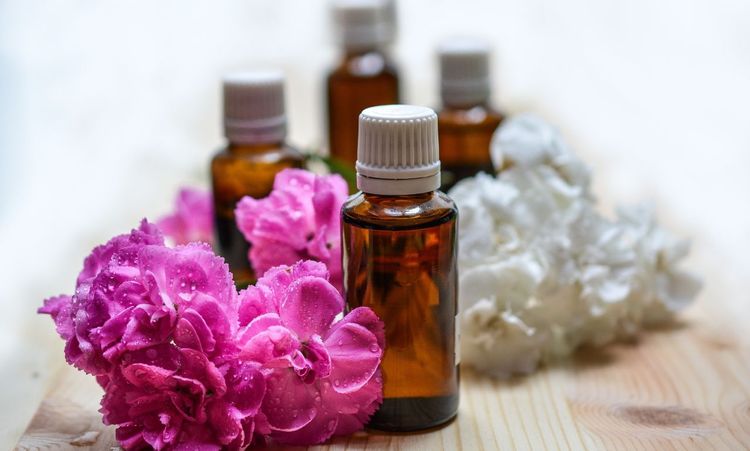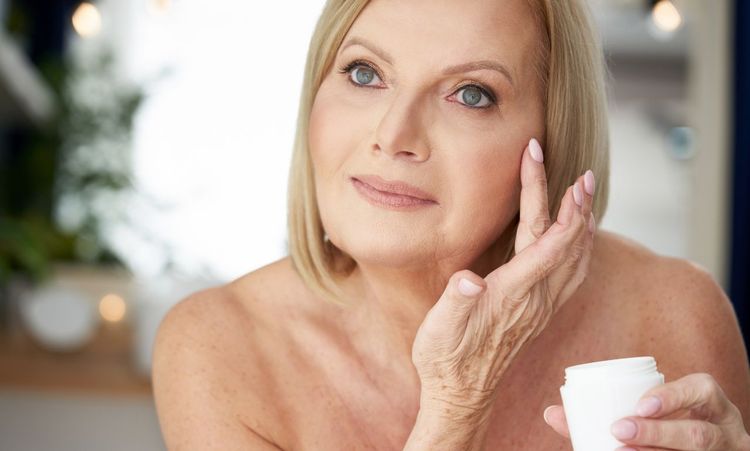Imagine stepping into a tranquil space, the warmth enveloping you, and the gentle steam cocooning your skin. Saunas have been cherished for centuries, not just for relaxation and detoxification, but also for their profound impact on skin health. But what do saunas do for your skin goes beyond the immediate feeling of warmth. This article delves deep into the multifaceted benefits saunas offer your skin, exploring how they enhance your complexion, promote overall skin health, and address specific conditions. Whether you're a sauna veteran or a curious newcomer, discover how incorporating regular sauna sessions can transform your skin from within.
Benefits of Saunas for Skin Health
Improved Blood Circulation
One of the primary ways saunas benefit your skin is by enhancing blood circulation. The high heat causes your blood vessels to dilate, increasing blood flow to the skin's surface. This improved circulation delivers more oxygen and essential nutrients, which are vital for maintaining healthy skin cells. As a result, your skin appears more vibrant and youthful. Moreover, increased blood flow aids in the removal of toxins and waste products, fostering a clearer and healthier complexion.
Enhanced Collagen Production

Collagen is the protein responsible for skin’s elasticity and firmness. As you age, collagen production naturally decreases, leading to wrinkles and sagging skin. Regular sauna use stimulates collagen production by promoting deeper skin cell regeneration. The heat-induced stress on your skin triggers the production of new collagen fibers, helping to maintain skin elasticity and reduce the appearance of fine lines and wrinkles. This makes saunas a valuable tool in anti-aging skincare routines.
Exfoliation and Detoxification
Sweating is the body's natural way of detoxifying, and saunas facilitate this process by inducing a deep, sustained sweat. As you sweat, your pores open up, allowing impurities and toxins to be expelled from your skin. This process not only cleanses your skin but also provides gentle exfoliation, removing dead skin cells and promoting the growth of new, healthy cells. The result is smoother, softer skin with a natural, healthy glow.
Clearer Complexion
A clearer complexion is one of the standout benefits of regular sauna sessions. By unclogging pores and removing excess oil and impurities, saunas help to prevent acne breakouts and reduce the occurrence of blemishes. The increased circulation also enhances the delivery of nutrients to your skin, promoting a balanced and even-toned complexion. Additionally, the heat from the sauna can help reduce inflammation and redness, further contributing to clearer, healthier skin.
Mechanisms of Action
Sweating and Skin Detoxification
Sweating plays a crucial role in the detoxification process. When you use a sauna, your body temperature rises, triggering your sweat glands to produce perspiration. This sweat is composed of water, electrolytes, and various toxins, including heavy metals and environmental pollutants. As you sweat, these harmful substances are expelled from your body, reducing their accumulation in your skin and bloodstream. This detoxification process not only purifies your skin but also supports overall health and well-being.
Unclogging Pores
Your pores can become clogged with dirt, oil, and dead skin cells, leading to blackheads, whiteheads, and acne. The heat from the sauna causes your pores to open up, making it easier to cleanse out these blockages. This deep cleansing action helps to prevent the buildup of impurities, keeping your pores clear and reducing the likelihood of future breakouts. Regular sauna use can thus maintain cleaner, healthier pores and a smoother skin texture.
Shedding Dead Skin Cells
The natural exfoliation process is essential for maintaining healthy skin. In a sauna, the increased temperature accelerates the shedding of dead skin cells. This not only reveals fresher, more radiant skin underneath but also helps to improve the effectiveness of your skincare products by enhancing their absorption. By promoting the removal of dead skin cells, saunas contribute to a more refined and luminous complexion.
Specific Conditions Addressed
Acne Relief
Acne can be a persistent and frustrating condition, but saunas can offer significant relief. The heat and steam help to open up pores, allowing trapped oils and bacteria to escape. Additionally, the increased blood flow promotes the healing of inflamed areas and reduces redness. The detoxifying effects of sweating help to eliminate impurities that contribute to acne formation. Regular sauna use can thus help manage and prevent acne, leading to clearer skin over time.
Eczema Management
Eczema is a chronic skin condition characterized by dry, itchy, and inflamed patches. While exposure to heat might seem counterintuitive, saunas can actually provide relief for eczema sufferers. The heat and moisture can hydrate the skin, reducing dryness and itchiness. Improved circulation also aids in the delivery of nutrients that promote skin healing and repair. However, it’s essential to follow up with proper moisturization after sauna sessions to lock in hydration and prevent flare-ups.
Types of Saunas

Traditional Saunas
Traditional saunas use heated stones and a controlled environment to produce dry or slightly humid heat. Typically, the temperature ranges between 70°C to 100°C (158°F to 212°F), encouraging intense sweating. The high heat of traditional saunas is effective in promoting deep detoxification and improving circulation. They offer a classic sauna experience, often accompanied by a relaxing ambiance and the ability to adjust humidity levels by adding water to the stones.
Infrared Saunas
Infrared saunas utilize infrared light to penetrate the skin more deeply, providing a gentler and more consistent heat. Operating at lower temperatures, usually between 45°C to 60°C (113°F to 140°F), infrared saunas can be more comfortable for those sensitive to high heat. The deep-penetrating infrared waves enhance blood flow, promote collagen production, and facilitate detoxification without the extreme temperatures of traditional saunas. This makes infrared saunas an excellent option for individuals seeking the skin benefits of saunas with added comfort.
Conclusion
Understanding what do saunas do for your skin reveals a wealth of benefits that go beyond relaxation. From improving blood circulation and enhancing collagen production to detoxifying the skin and addressing specific conditions like acne and eczema, saunas offer a holistic approach to skin health. By choosing the right type of sauna and following best skincare practices before and after your sessions, you can unlock radiant, healthy skin. Embrace the warmth and let saunas be a cornerstone of your skincare regimen, transforming your skin from the inside out.




